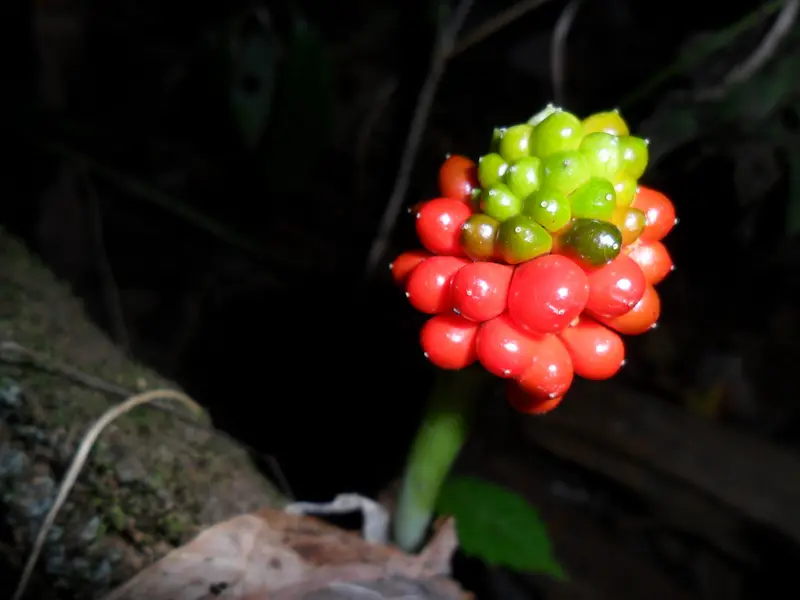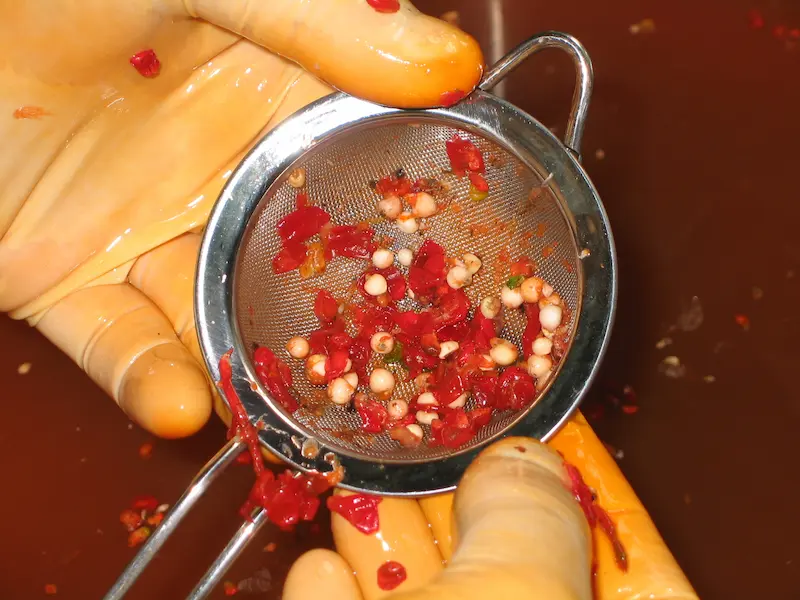Your cart is currently empty!
Black Vine Weevil Beetles And Larvae Control
Black Vine weevil beetle is a very serious pest in both landscape plantings and in nursery and greenhouse settings.
Your cart is currently empty!
Photo:
Kevindvt via pixabay
Jack in the Pulpit has a unique and beautiful tubular green leaf. It is easily grown in fertile, medium to wet soil in part shade to full shade. It needs constantly moist soil rich in organic matter.
Growing Jack-in-the-pulpit flowers is as simple as caring for them. A wet, organically rich soil is essential for the plant’s existence. Before planting, work a good amount of compost into the soil, then fertilise yearly with extra compost. A generous amount of leaf mulch applied every fall will help the plant.
Botanical Name: Arisaema triphyllum
En français: Ariséma triphylle
See More Plants in this Botanical Family:
Colour:
Blooms:
Sun / Shade:
Water: Medium to wet
Soil:
Height:
Care:

Wear gloves when handling berries and seeds. Each berry normally contains four to six seeds. Straining the berries after they turn red in late summer is one approach. Stratification of the seeds is required. Plant them outside approximately 1/4 inch deep in the fall, and nature will stratify them, resulting in seedlings in the spring. It might take up to five years for a seeded plant to blossom. Plant them in clusters. Note that it does poorly in clay soils.

Once planted, Jack in the pulpit is best left undisturbed in the shady woodland garden, wild garden, or native plant garden.
Jacks can often be seen in early spring in moist woodland habitats, deciduous woods, pond edges, and thickets, bursting from the forest floor. The plant forms clusters of red berries in late summer and lingers into fall.
Companion plant suggestions include spring beauty, wild ginger, Jacob’s ladder, bloodroot, wild geranium, Mayapple, maidenhair fern, white baneberry, wild leek.
Humans, pets, deer, cats, and dogs are all poisoned by the plant. Calcium oxalate is found in the stem, leaves and roots, and has been linked to a variety of side effects including cardiac arrhythmia, edema, airway blockage, diarrhea and others.
Black Vine weevil beetle is a very serious pest in both landscape plantings and in nursery and greenhouse settings.
Follow our journey of growing Eastern Redbud trees from seed, documenting every step along the way for a successful outcome. Bookmark for updates!
Discover expert advice on saving and rejuvenating gooseberry bushes, including tips on shade, soil, watering, diseases, and pruning for optimal growth.
Dracaena Janet Craig is an interior floor plant or mass planted in beds. It survives low light levels, grows best in filtered light.
American Elder provides an incredible summer floral display. At least 50 species of songbirds relish its fruit. Discover more.
Discover our resident and migratory birds in the Vallarta Botanical Garden! This February, the Gray-black Warbler (Setophaga nigrescens) brings its buzzing song, grayscale plumage and yellow dot to the garden. Join us for our Bird and Nature Festival to celebrate the diversity of these feathered travelers and explore our coniferous and oak forests while they hunt insects and their larvae! Listen to the Warbler's song: http://bit.ly/3kPMpP6
GardeningCalendar.ca gets some funding from advertisers. If you click on links and advertisements at no cost to you, the site may receive a small commission that helps fund its operation.
© 2025 J&S Calendars Ltd.
Leave a Reply
You must be logged in to post a comment.